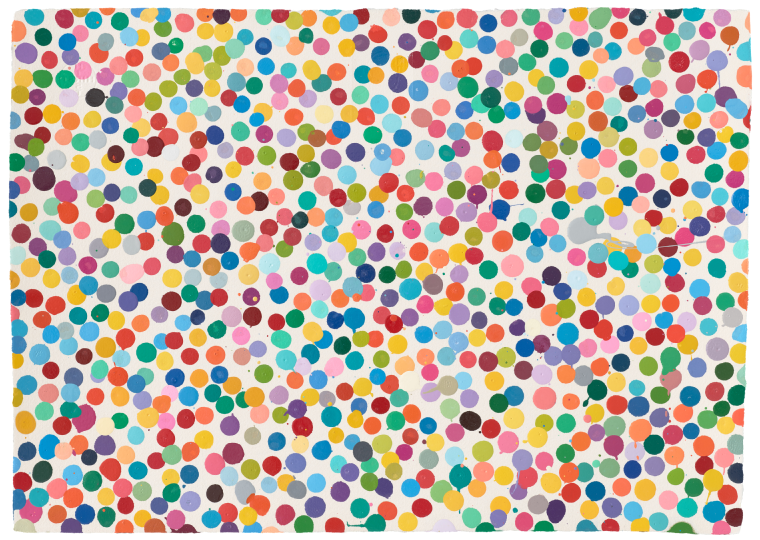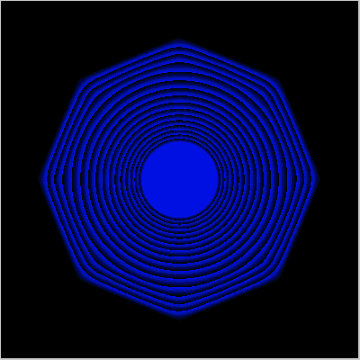Non-Fungible Token (NFT) a look at what it means and how it works
Nine questions and answers to understand NFTs, what they are, how they work and what’s next.
NFTs catapulted onto the global stage in 2021, the term was even selected as the word of the year by Collins Dictionary after seeing an 11,000% increase in usage over the year. Despite a tumultuous year in 2022, which saw a sharp decrease in the volume of NFTs being traded, there is significant interest and buzz around the technology with mainstream brands and creators continuing to wade into the web3 space. Starbucks is set to launch an NFT-backed royalty program, while Reddit and the creators of Rick and Morty have launched their own NFT projects.
1. What is an NFT?
NFT stands for “non-fungible token”. NFTs are unique cryptographic tokens based on blockchain technology. ‘Non-fungible’ means one thing cannot be exchanged with another because it is unique.
2. What can an NFT be?
NFTs can represent any digital asset, from domain names to memes, game characters, and virtual accessories. Within the creator economy, they are most widely associated with digital artworks, music, fashion, and collectibles.
3. What are examples of NFTs?
Perhaps the most famous examples of NFTs are the Bored Ape Yacht Club collection of 10,000 images of apes and Beeple’s 5000 days which sold for a record $69 million in early 2021. Artists and creators including Shepard Fairey, Johnny Depp, and Damien Hirst have all created NFTs. Examples of collectible NFTs include Doodles, VeeFriends and NBA Top Shot.

4. How do NFTs work?
First of all, the NFT is not the digital file itself. Just like a deed to a house which indicates the ownership of a building, NFTs include information, referred to as metadata which points to the asset that it represents.
To create an NFT, you need to ‘mint’ it. This is the process by which specific metadata (information) is associated with a cryptographic token and recorded on the blockchain.
NFTs are minted through smart contracts which are coded programs on blockchains that run when predetermined conditions are met. The smart contract will determine the base characteristics of the NFT. A token standard like the Ethereum ERC-721 or ERC-1155 designates a set of rules and functions the token needs to perform in order to be compatible with other tokens and platforms.
The majority of NFTs exist on Ethereum, Polygon, Solana, Flow, or the Tezos blockchain but many other blockchains also support NFTs.
5. What makes NFTs so special?
NFTs provide verifiable digital scarcity. Before NFT technology, it was extremely difficult to tell with any verifiable accuracy whether someone owned a digital asset.
Additional functionality can also be built into NFTs. One of the primary reasons why NFTs have been popular amongst creators is the ability to receive automatic royalty payments. With royalties, the creator of the NFT can earn a percentage of the sale every time the NFT is resold.
6. When did NFTs start?
The first NFT was created in May 2014 by Kevin McCoy and Anil Dash. It was a video clip made by McCoy's wife, Jennifer. At the time, they referred to the technology as "monetized graphics". NFTs didn’t start to take off until 2017 with the invention of the ERC-721 standard and the launch of some of the first more mainstream projects including Cryptokittes and Cryptopunks.

7. How can I identify an NFT on the blockchain?
Each NFT will have a contract address and a token ID which together will designate a specific NFT. Here’s an example of an NFT created by Pindar Van Arman:
Contract address: 0x44dcebb4374f7e01ba415c7be243f6c66636ea1c
Token ID: 209
You can find the contract address and token ID on the Verisart item page, NFT marketplaces, and services like Etherescan which provide blockchain network statistics.

8. What can I do with an NFT?
When you think of NFTs, you might primarily think about collecting them just like you might collect baseball cards or paintings. Owning something created by an artist or brand you admire means you become part of their community. NFT collectors may choose to exhibit their NFT on TVs or digital frames.
However, NFTs and the technology that underpins them can be used in many other ways. The term “utility” is now often used in the context of NFT projects and refers to additional rewards, actions, communities, events, and more that can be accessed by owning the NFT.
NFTs can be used as tickets, loyalty cards, ‘twins’ of physical items, and more. Companies are even exploring how NFTs could be applied to academic records, medical records, identity verification, and voting.
9. What’s next?
Mainstream adoption of NFTs is growing as creators and companies are continuing to push the technology to new creative and discover new applications. We’re seeing brands and creators embrace the many uses of NFTs to build new reward programs and create new ways of engaging with their communities.
Recently, we've seen Reddit's NFT project favor the term "Collectibles", focusing on what the collector is buying rather than the technology that underpins the asset. It's becoming easier to imagine a world where the technology is so prevalent that the word used to designate it - NFT - fades into the background.
